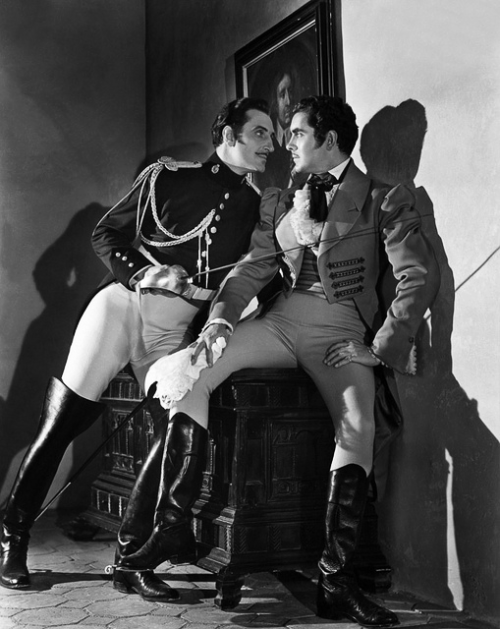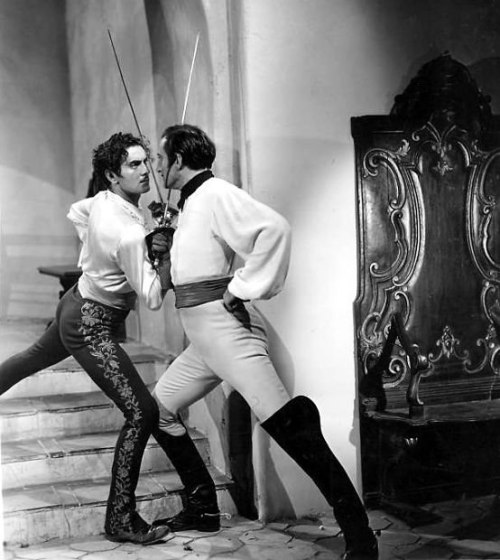
Nothing special, just history, drawings of historical figures in some… er… non-canonical relationships and fun! 🥂25 year old RussianHe/him
258 posts
Today I Witnessed And Participated In An Amiable Small-talk That Can Easily Be Considered Stuff Of Legends.
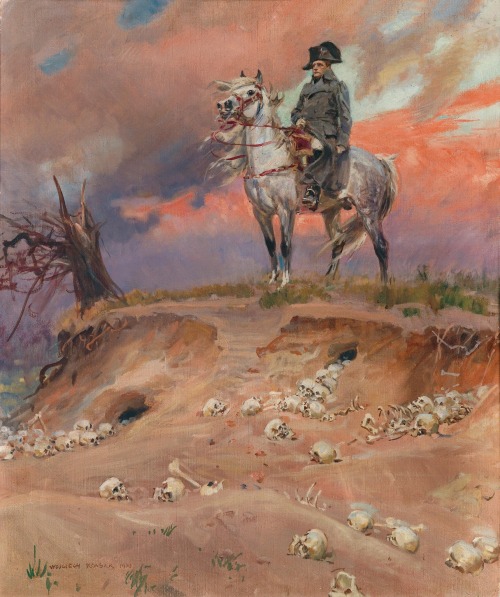
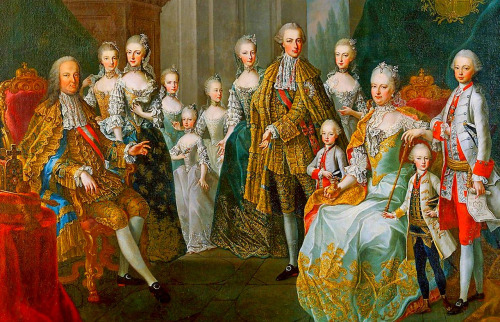
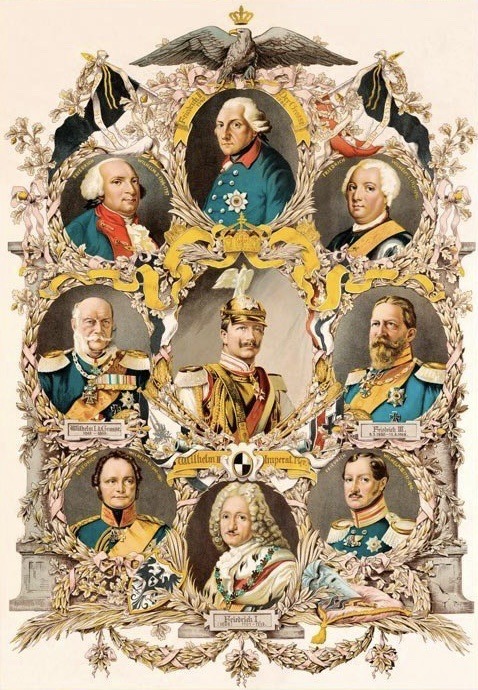
Today I witnessed and participated in an amiable small-talk that can easily be considered “stuff of legends”. 😂
Me, looking through a lovely pre-revolutionary book about Napoleonic era, which was provided to me for a brief introduction, and reading out loud some lines occasionally: "It is said that when the French heard about the Frankfurt proposals, they complained and laughed interchangeably at the thought that the fate of modern Europe would be in the hands of some Habsburgs or Hohenzollerns, who were the embodiment of German feudalism."
*light chuckles intensifying*
*then more coherent conversation takes place*
— So, is it better to have French imperialism instead of German feudalism?)))
— Yes. Keep flipping through. 🗿
*chuckles instantly turn into homeric laughter*
❗️Friendly reminder: it was a simple joke, historical process is a much more complicated business as well as specific terms used in that purely comedic case. ✌️
-
 chevi46772 liked this · 1 year ago
chevi46772 liked this · 1 year ago -
 mypomeloworld liked this · 1 year ago
mypomeloworld liked this · 1 year ago -
 squirrelsactto-blog liked this · 2 years ago
squirrelsactto-blog liked this · 2 years ago -
 koda-friedrich liked this · 2 years ago
koda-friedrich liked this · 2 years ago -
 uby-victor liked this · 2 years ago
uby-victor liked this · 2 years ago -
 usergreenpixel liked this · 2 years ago
usergreenpixel liked this · 2 years ago -
 josefavomjaaga liked this · 2 years ago
josefavomjaaga liked this · 2 years ago -
 annebrontesrequiem liked this · 2 years ago
annebrontesrequiem liked this · 2 years ago
More Posts from Count-lero
Well, well, well. Is it some sort of a happy coincidence that all those old German films about Napoleonic wars are coming out of oblivion right now?
Because I feel obliged as well to make a proper post on another gem of old German cinema featuring Gustaf Gründgens who plays there another prominent Napoleonic historical figure. And believe me, he is even more perfect there than in the “Hundert Tage”. 😉
Would anyone be interested in that small film review, I wonder…
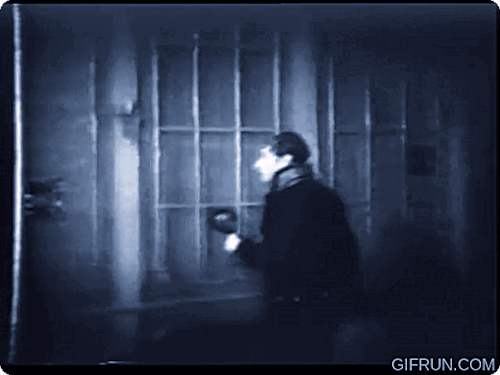
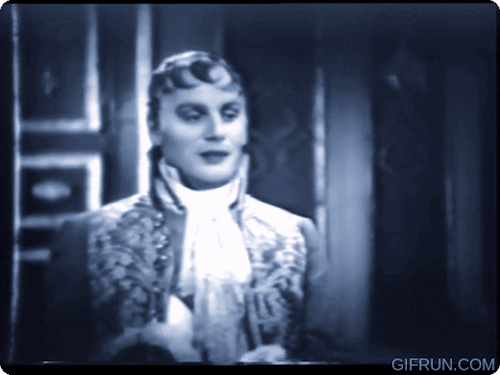
The actor (Gustaf Gründgens) who plays Fouché is hugely compelling. His voice is so insinuating and sly. “Hundert Tage” movie, 1935, on youtube. It’s in German and the English subtitles are useless. I’m watching it anyway.
P.S. The book/movie “Mephisto” was based on Gustaf Grundgens.
Even though Metternich’s birthday has passed, I would still love to make some remarks on the piece of artwork I dedicated to him this year.
The first one being that yes, all the people featured there are real historical characters who meant something to him at the most spectacular point of his life. There are field-marshal Schwarzenberg, Wilhelmine von Sagan, his two unfortunate daughters - Maria and Clementine, Friedrich von Gentz and, of course, Monsieur de Talleyrand-Périgord - le Diable boiteux himself. 🥀
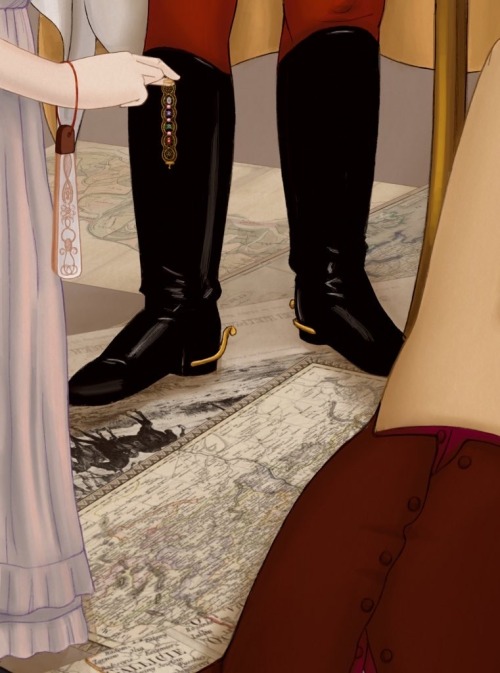



And the second one is a close-up of a jewellery that Wilhelmine of Sagan is holding in her hand, since I put a lot of effort into that bracelet despite its insignificance on a scale of the entire work. The design was created without any visual references, though based on a spectacular description from that one book - “Vienna, 1814” - aptly mentioned by @joachimnapoleon in her reblog. :) 💠


I will allow myself to quote the whole passage here, since it’s fascinating in many ways. (However, it’s a translation from English to Russian and then back to English, so I apologise in advance for any inaccuracies in the transmission of original text by David King)
It is probable that on New Year's Eve Metternich was especially lonely and dreary. He tried for the third time to beg the Duchess for a date. "I would hate to spend the first day of the new year, 1815, without seeing you," wrote the prince.
Before the champagne glasses rang, a package from a Viennese jeweler's store was delivered to the Palma Palace. Opening a small satin box, the Duchess found in it a gold bracelet of amazingly fine workmanship, decorated with diamonds, rubies, emeralds and amethysts. In the days of Romanticism each stone had its own symbolism. A diamond and a ruby spoke of love and fidelity; the other two marked birthdays: an amethyst for the Duchess of Sagan, an emerald for Prince Metternich. The messenger brought the package, as ordered by the Prince, "by the stroke of midnight."
Metternich attached a letter to the gift explaining the symbolic meaning of the letter G engraved on each stone: "I would be happy to put this bracelet on your lovely hand myself and say: "Gottgebe Gnade, Gluck, Gedeihen" ("May the Lord send you his blessing, give you prosperity and happiness")."
What Metternich himself did on New Year's Eve is unknown. The poet-songwriter La Garde-Chambona claims that he saw him at the New Year's ball at Count Zichy's, and this is quite possible, although one cannot ignore the young lyricist's tendency to somewhat free handling of dates. It is more likely that the prince, having put down the goose quill and sent the parcel around eleven in the evening, spent the night alone in the office of the state chancellery.
And that’s what I love immensely about the Napoleonic community on Tumblr: it grants an amazing opportunity to explore in a cheerful manner the world-wide perspective of an era based on magically diverse human experience and perception!
Thank you so much for your lovely commentary~ 🌺
And to think that it was only minus 5 degrees Celsius that day, as me and my friend found the weather soothing and pleasant even, since it wasn’t too windy or chilly… 🤭
The most stereotypical Russian sight you’ll ever witness. And yet it is very real. ❄️
Soldiers of the Grande Armée (including those poor souls who served the Russian empire THAT year, since winter and deadly illnesses were merciless to anyone) experienced much unpleasant feelings from its omnipresence, without any doubt. Still, that solemn vision is breathtaking, when you are able to contemplate in chilly solitude of your surroundings.

Wonder, if anyone in the Napoleonic community on Tumblr would love to see more of such occasional ✨ aesthetic ✨ insights into the Russian “reality” from a person who was born and raised in that aloof place?
Insights with a sprinkle of Napoleonic impressions, natürlich~
The session of plenipotentiaries that never happened,
Or The tale of how I rediscovered that one lithography of Isabey’s famous painting in extremely high resolution and went through a total recall, so that everybody could suffer (myself including) ⭐️
The arrival of the Duke of Wellington had not only affected Vienna's diplomatic activity and social calendar; it was also posing a problem to the painter Jean-Baptiste Isabey, who was trying to capture the congress on canvas. He had been working for some time, and he had finally found a way to balance all the strong personalities, many of them patrons, into one single painting, and yet not offend national sensibilities or fragile egos.
The painting, which depicted the delegates gathered in a conference room, turned out to be a compromise in the best spirit of Vienna diplomacy.

Metternich, the president of the Congress, draws the eye, as the only standing figure in the foreground.

Castlereagh, though, commands the center, sitting with his legs gracefully crossed and elbow resting on the table.
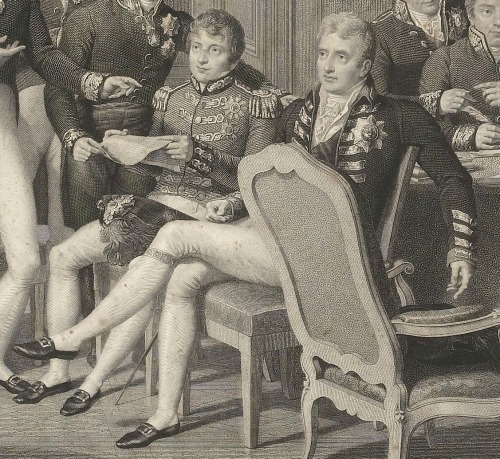
The light shining through the window, however, falls onto Talleyrand, sitting across the table with his dress sword at his side. An empty chair on both his right and left make him further stand out, as do the nearby figures who look to him, just as many of the smaller powers had sought his leadership the last few months.

As Isabey was putting the finishing touches to his composition, he had to figure out what to do about the fact that the Duke of Wellington was now also in town. Starting over was out of the question. Omitting a man of his stature was equally impossible. Yet it was not easy to incorporate him into a canvas on which all the best places had already been taken. The painter's solution was simple and elegant: why not make the painting commemorate the Duke of Wellington's arrival in Vienna?
That way, the duke could simply be inserted on the far left side of the painting, without any insult to his position. As for the duke's reluctance to be painted from a side angle (he was self-conscious about his nose), Isabey had overcome that with a well-targeted compliment: didn't Wellington look like the handsome and chivalric Henry IV? Pleased with this comparison, Wellington accepted, joking that Isabey was a "good enough diplomat to take part in the Congress".
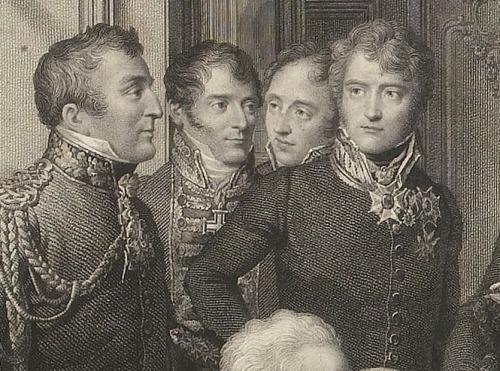
The painter also had to apply his finesse to convince Humboldt to enter the studio. The Prussian ambassador hated to have his portrait made, and, sure enough, he first declined, claiming that he had "too ugly a face ever to spend a penny" on a portrait. With this statement, Isabey saw his opportunity and emphasized that he would not "ask the slightest recompense for the pleasant trouble I am going to take". Isabey only wanted "the favor of a few sittings".
"Oh, is that all?" Humboldt quickly came around when he realized it would not cost him anything. "You can have as many sittings as you like".
Later, many congratulated Isabey on his portrait, particularly the fine job with Humboldt. The Prussian did not pay anything, as agreed, and Isabey got his revenge, Humboldt joked, by painting "an excellent likeness of me".
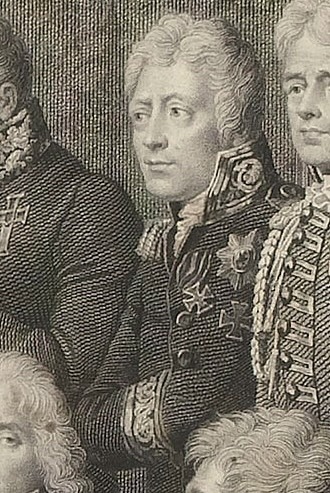
Few could complain of the treatment received from Isabey's flattering brush. This famous painting of the Congress of Vienna was pleasing to all, though typical of this peace conference, the scene was purely imaginary. The group of twenty-three delegates had never met in exactly this way before. Isabey had painted the portraits of each figure individually, and then later assembled the whole group together.
And so, symbolically, this simulated image would commemorate a congress that never was.
After that spectacular depiction of historical context surrounding Isabey’s magnificent canvas by David King few things are left to be added. I would simply love to highlight some other figures of utmost importance for the diplomatic life of that illustrious historical period - there are
Karl August von Hardenberg, Prime Minister of Prussia at the time;
Herren Wacken and Friedrich von Gentz, two Secretaries who were responsible for the protocols of the most important Congress' meetings;
count Karl Vasilyevich Nesselrode, a Russian-German diplomat, who became state chancellor of the Russian Empire in 1816;
prince Andrey (Andrew) Kirillovich Razumovsky, an extremely wealthy Russian aristocrat and diplomat, for whom Vienna was like his second home;
and we shouldn’t (or rather can’t) forget about general Charles Stewart-Vane, Castlereagh’s younger brother who definitely knew how to throw an unforgettable party, so refined aristocratic society could discuss his wild adventures at their fashionable salon meetings day and night. ✨

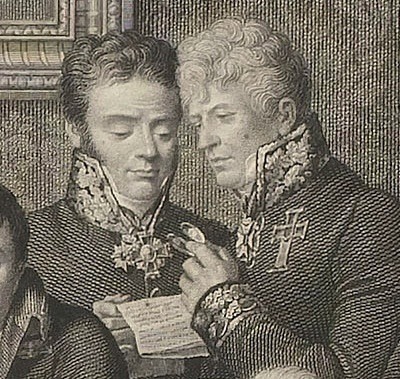
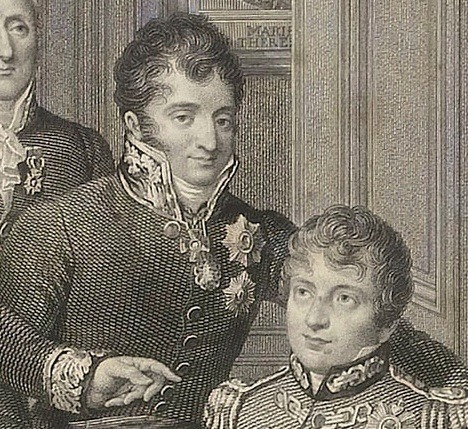
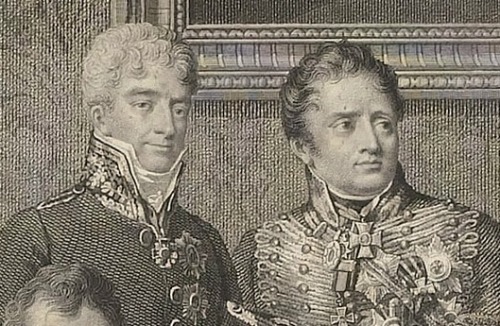
P.S.
Perhaps, there should be more posts with other details of the lithograph as well as Isabey’s original canvas, I’ll just need some time and motivation for that. 👌
